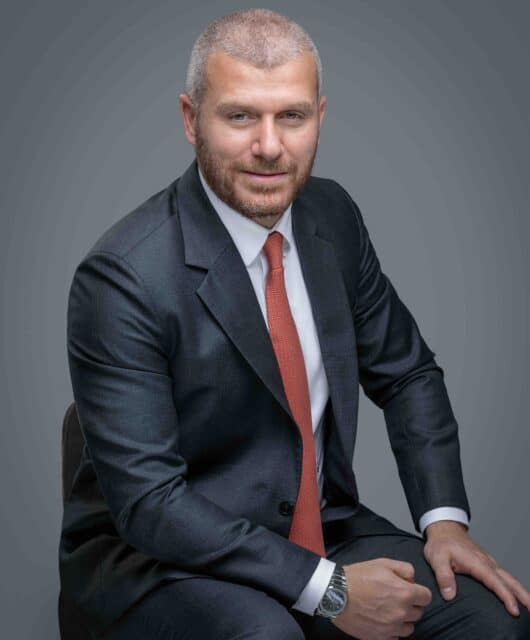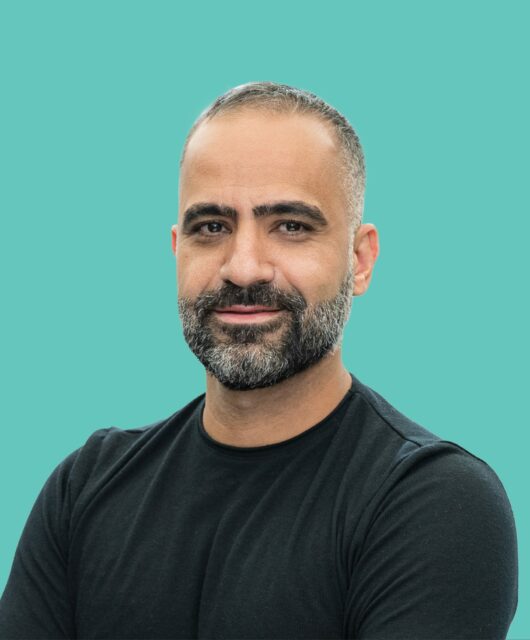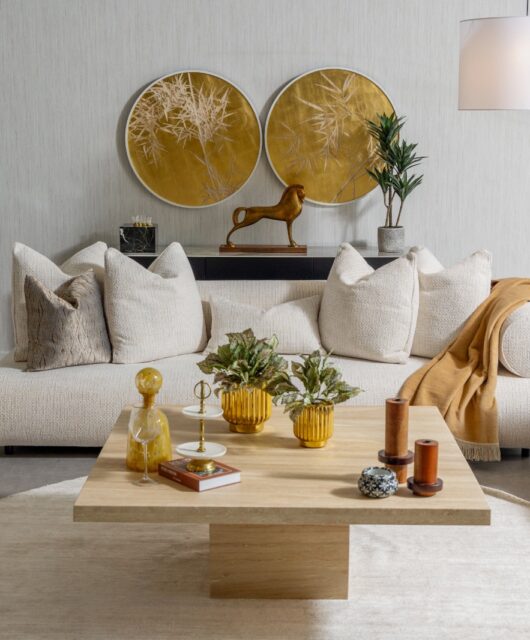The design superstar
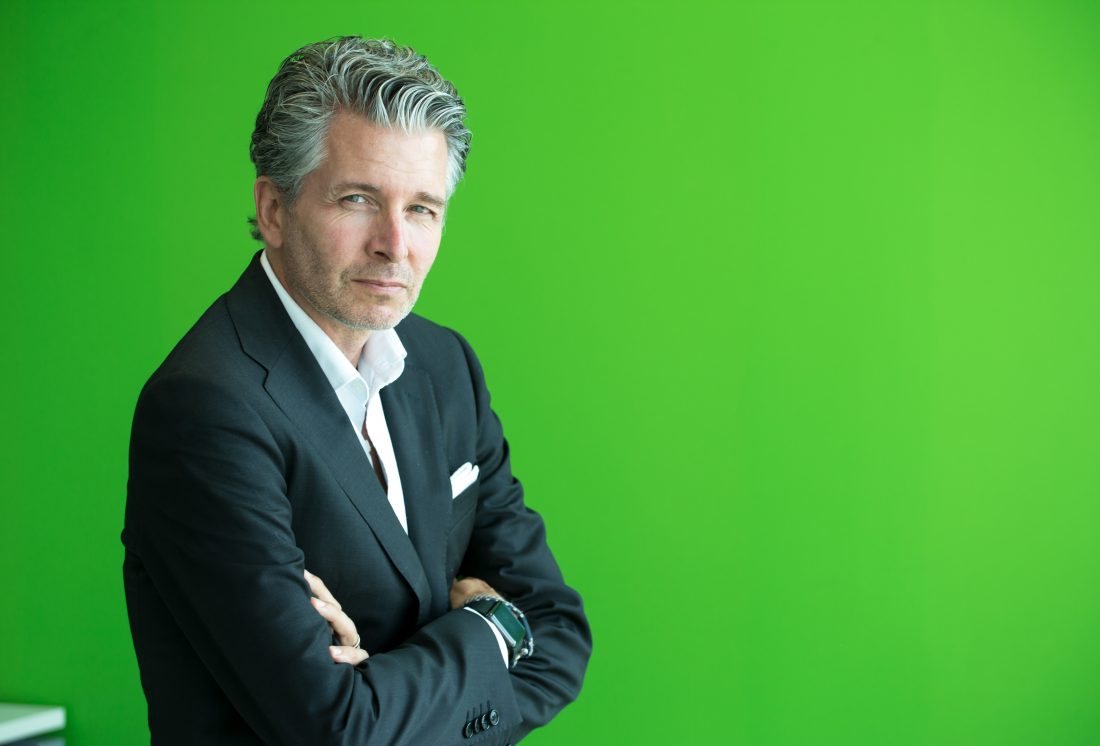 Janus Rostock, regional director, Design, Planning + Economics and head of concept architecture, AECOM Middle East, answers it all — job change, design challenges, his current strategy, and why sustainability needs to be a part of every masterplan
Janus Rostock, regional director, Design, Planning + Economics and head of concept architecture, AECOM Middle East, answers it all — job change, design challenges, his current strategy, and why sustainability needs to be a part of every masterplan
Interview by Roma Arora | Photos by Faaroq Salik
He’s an explorer, who wants to know new, a coach who works as a team, and intellectually curious, who is always eager for knowledge. Janus Rostock is all of this and much more; his new role of being a regional director, Design, Planning + Economics, and head of concept architecture, AECOM Middle East, is a challenging one and he is ready to take on the world once again. Rostock was a valuable part of the core design and architecture team at Atkins for almost 12 years and had the privilege to work with many dedicated and talented individuals as well as teams on a variety of amazing projects. Rostock calls his Atkins’ stint as ‘once-in-a-lifetime opportunity’. So what was the reason behind this recent move? Rostock smiles and answers: “I am, by nature, a curious person and being in an organisation like Atkins, has allowed me over the years to seek and take-on new challenges. This gave me exposure to a plethora of clients, project typologies, and geographies, but also allowed me to continuously challenge myself as an architect, a designer, and a leader. Being with Atkins for so long also meant that I was starting to think about what my next move should be, and how I would step out of my comfort zone and try something new.”
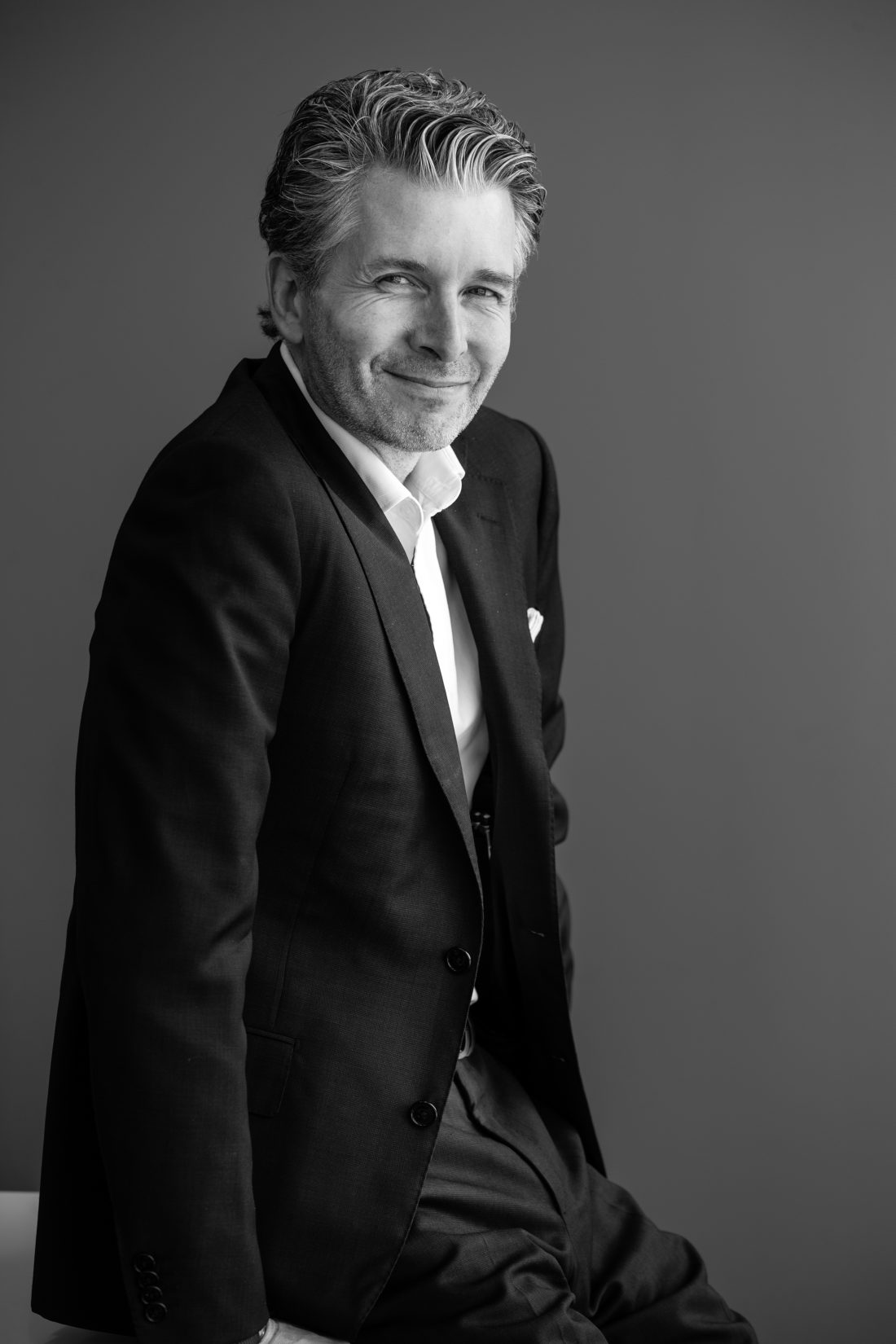 With his new stimulating role at AECOM, Rostock will be leading the design, planning + economics (DP+E) team of around 90 people as well as the concept architecture team. “Over the years, AECOM and Atkins have competed head-to-head for many projects and I have always had a lot of respect for the AECOM team and the high quality work they produce. So when AECOM approached me for this role, it was clear to me that this was the natural next step in my career.” AECOM is known for their design-led multidisciplinary expertise, and ability, and experience in delivering large complex projects on time and on budget to the highest design standards. This is where Rostock’s past portfolio comes handy and he [plans] to continue to apply his experience in the new role. Rostock describes the new priorities and opportunities: “The DP+E team is probably the largest and most experienced combined masterplanning, urban design, and landscape team in the Middle East with a large number of delivered masterplans. This is a strength that we will continue to leverage in the coming years. I am not aware of any other organisation that has such a breadth amongst their principals – Steven Velegrinis, Christopher Brown, Amr Mneimneh, Albert Naim, Ahmad Kafarani, Amr Attia, and Philip Black are all running teams and delivering projects across the Middle East. As a team, we are currently looking at our two to five year strategy to ensure that we are structured to meet the market requirement.”
With his new stimulating role at AECOM, Rostock will be leading the design, planning + economics (DP+E) team of around 90 people as well as the concept architecture team. “Over the years, AECOM and Atkins have competed head-to-head for many projects and I have always had a lot of respect for the AECOM team and the high quality work they produce. So when AECOM approached me for this role, it was clear to me that this was the natural next step in my career.” AECOM is known for their design-led multidisciplinary expertise, and ability, and experience in delivering large complex projects on time and on budget to the highest design standards. This is where Rostock’s past portfolio comes handy and he [plans] to continue to apply his experience in the new role. Rostock describes the new priorities and opportunities: “The DP+E team is probably the largest and most experienced combined masterplanning, urban design, and landscape team in the Middle East with a large number of delivered masterplans. This is a strength that we will continue to leverage in the coming years. I am not aware of any other organisation that has such a breadth amongst their principals – Steven Velegrinis, Christopher Brown, Amr Mneimneh, Albert Naim, Ahmad Kafarani, Amr Attia, and Philip Black are all running teams and delivering projects across the Middle East. As a team, we are currently looking at our two to five year strategy to ensure that we are structured to meet the market requirement.”
Every project comes with expectations and standards to achieve and for Rostock, it’s a continuous process that demands ongoing engagement and interaction with all stakeholders at every stage. He says: “Communication and transparency are key components of this. Today, we have the blessing and curse of photo-realistic renderings. They are a blessing because they allow us to clearly communicate our ideas, yet a curse because they leave very little space for design development if the client falls in love with the rendering.” Though the region is known for the neverseen- before megaprojects and towering glass skyscrapers, still Rostock feels there’s a lot of scope for improvement. “I still see a lot of improvement opportunities in how we design for people. Many building projects are still portrait in orientation and designed from a bird’s-eye view. This does not, in my opinion, create good cities and buildings. We need to design from an eye level, as this is how we as human beings experience the world.”
 There are regions where Rostock and his design team are concentrating on. He sees great opportunities in Saudi Arabia where several megaprojects have been announced, and that will need organisations like AECOM to deliver the enormous undertakings and challenges that such projects involve. “We are also focussing on our existing clients and markets in the UAE, Oman, Qatar, and Bahrain as well as the wider region.” As a design leader and an experienced practitioner, Rostock wants to work as a team and guide them in the right direction, which is the very essence of the design-driven organisation. He suggests: “Masterplanning and architecture is a team effort that demands collaboration, but we are only as good as the people we collaborate with. We, as a leadership team, must create a learning culture and maintain a design ethos across all our projects. For this to happen, we must coach our designers to constantly learn and hone their craft and everything else related to our profession – how to think, how to communicate, how to design, how to collaborate, how to present, and how to sell the AECOM integrated offer. We need to inspire our people so that they can enhance the communities we touch.”
There are regions where Rostock and his design team are concentrating on. He sees great opportunities in Saudi Arabia where several megaprojects have been announced, and that will need organisations like AECOM to deliver the enormous undertakings and challenges that such projects involve. “We are also focussing on our existing clients and markets in the UAE, Oman, Qatar, and Bahrain as well as the wider region.” As a design leader and an experienced practitioner, Rostock wants to work as a team and guide them in the right direction, which is the very essence of the design-driven organisation. He suggests: “Masterplanning and architecture is a team effort that demands collaboration, but we are only as good as the people we collaborate with. We, as a leadership team, must create a learning culture and maintain a design ethos across all our projects. For this to happen, we must coach our designers to constantly learn and hone their craft and everything else related to our profession – how to think, how to communicate, how to design, how to collaborate, how to present, and how to sell the AECOM integrated offer. We need to inspire our people so that they can enhance the communities we touch.”
Architects, designers, and other knowledge workers have a tendency to naturally gravitate to where their knowledge is being used. It is therefore important for Rostock to encourage behaviour and a culture where new thinking is welcome and where team members are comfortable taking risks and sharing knowledge. “These elements are fundamental for co-creation to take place,” he emphasises. Rostock has worked on some of the most valuable projects in the region but the Dubai Opera project is the one close to his heart as he believes that projects like that of operas, museums, and cultural buildings hold more prominence because of their “democratic and public nature as well as the fact that they become the frame for other artists to express and display their talent”. So, is there something, which is still unfamiliar to you in design? Rostock instantly replies: “As an architect, I would love to work on a museum as this is a typology that I have touched on in design competitions but not yet experienced as a live project with a client. I would also like to do more performance buildings as these have a special place in my heart.”
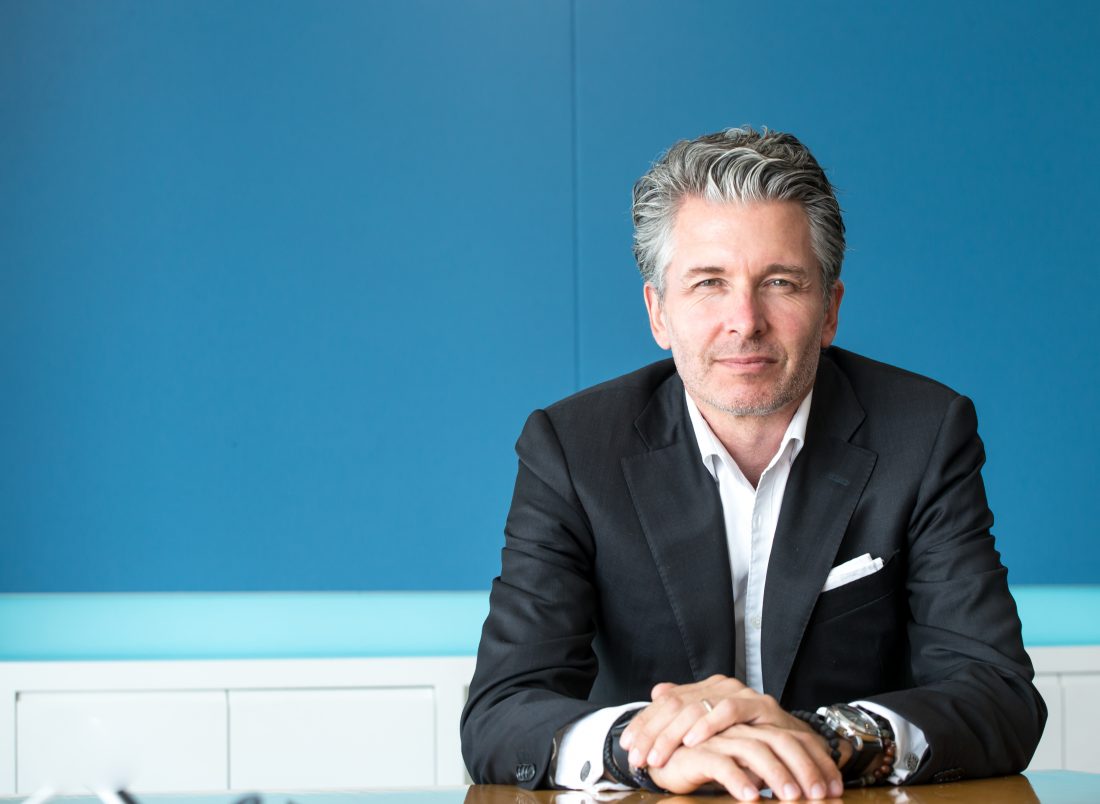 There are certain areas of designs, which are very exciting for Rostock and might change the way we live. Rostock feels: “There are currently projects in the region that look at how we are going to live in the future. I find these projects very interesting as they allow us to dream about how life could be lived in a completely different way. There are many disrupting factors coming together around autonomous vehicles, ways of working, climate change etc., the outcome of which pose very interesting design challenges.” Another aspect of architecture and design that inspires and excites Rostock is sustainability. He was one of the founding members of the Danish Green Building Council when he lived in Denmark. But he thinks that the Middle East needs much tighter rules and regulations as well as financial incentives for truly sustainable architecture to become the norm. Rostock explains: “Green buildings alone are not enough. They have to be part of a sustainable masterplan where all the fundamentals of human life are addressed, where the land use is optimised to reduce congestion, buildings are located to shade outdoor spaces, and where the social infrastructure supports a sense of community.”
There are certain areas of designs, which are very exciting for Rostock and might change the way we live. Rostock feels: “There are currently projects in the region that look at how we are going to live in the future. I find these projects very interesting as they allow us to dream about how life could be lived in a completely different way. There are many disrupting factors coming together around autonomous vehicles, ways of working, climate change etc., the outcome of which pose very interesting design challenges.” Another aspect of architecture and design that inspires and excites Rostock is sustainability. He was one of the founding members of the Danish Green Building Council when he lived in Denmark. But he thinks that the Middle East needs much tighter rules and regulations as well as financial incentives for truly sustainable architecture to become the norm. Rostock explains: “Green buildings alone are not enough. They have to be part of a sustainable masterplan where all the fundamentals of human life are addressed, where the land use is optimised to reduce congestion, buildings are located to shade outdoor spaces, and where the social infrastructure supports a sense of community.”
However, what are the pain points and challenges that he comes across in his field? Rostock discusses his anxieties: “I am concerned that our design stages are continuously being squeezed. The design process is where the majority of the value is generated, so I would caution anyone who views these stages as the best area to reduce a project’s timeframe.” Rostock is currently working with AECOM’s studio principals on a strategy to moving forward. Another thing he is keen on doing at AECOM is to make the world understand more about the company’s achievements and accomplishments. Rostock divulges his plan of action: “AECOM has an amazing portfolio of really outstanding work, but we have not been very good at talking about in the market. I hope to be able to change this by encouraging the teams to celebrate and share the great work we do. Interviews like are one way of getting the word out there about AECOM’s capability and the team’s talent.” Rostock firmly believes in the power of technology and automation in the field of design, “I would expect to see more automation in drawing production and parametric design being part of every design. Hopefully, this will allow us as designers to spend more time on the areas where we add will add the most value.”
He hopes that the future of the industry is one where the quest for design quality and sustainability is front and centre of everything we do. “I believe that being an architect comes with an enormous responsibility. The buildings that we create have a design life of 50-100 years and it is, therefore, crucial that they stand the test of time. Buildings will always be an expression of the period in which they were built but should also be admired by future generations for their contribution to history,” Rostock signs off.
Rostock sums everything about how design is and how it should be and clearly he is at right place to bring all the critical changes for a better and more sustainable world of design and architecture.



